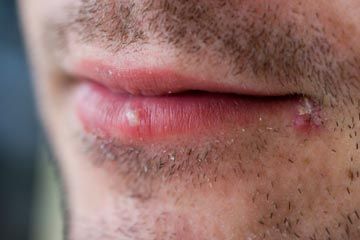Rulon Gardner was an unlikely, but likeable, bear of a wrestler whose story seemed to epitomize the Olympic dream. The son of a Wyoming dairy farmer, Gardner never finished higher than fifth in international competition. But at the 2000 Summer Olympics in Sydney, Australia, he stunned a global audience by toppling the reigning Russian champion to earn a gold medal in Greco-Roman wrestling [source: Sports Illustrated].
Just two years later, Mother Nature took Gardner to the mat. He became stranded while snowmobiling on a 10,745-foot (3,275-meter) mountain peak in Wyoming and spent 17 hours in temperatures that dipped to negative 80 degrees Fahrenheit (negative 62 degrees Celsius). By the time rescuers found him, Gardner's clothes were frozen to his body, and frostbite -- damage to the skin and underlying tissues caused by extreme cold -- had taken its toll [source: National Institutes of Health]. He survived the ordeal, but a toe on his right foot had to be amputated.
Advertisement
Injuries like Gardner's seem to be more common than ever. Although frostbite began much of its documented history as a malady only of soldiers (10 percent of American casualties in World War II and the Korean War were the result of frostbite), it now also affects outdoor sporting enthusiasts and spectators throughout the world [source: Bjerke].
In the United States, there's no standardized reporting system to track frostbite cases, so the number of people it impacts is largely unknown [source: Mechem]. However, people who practice cold weather sports, like Nordic skiers, are at greater risk, as are the homeless, elderly and young (children's smaller limbs put them at higher risk) [source: Doerr]. As one might expect, the closer the proximity to snow-capped mountains and other snow-prone regions, the more common frostbite becomes. In Iran, for example, frostbite injury is reported in as much as a third of the mountaineering population [source: Harirchi].
No matter the latitude, cold weather injuries, which include frostbite, are most common among men age 30 to 49, perhaps because they engage in outdoor activities with greater frequency [source: Bjerke]. People of African, Pacific Islander or Arab descent also appear to be at greater risk for frostbite [source: Mechem]. Regardless of ethnicity, soldiers who are used to warm climates report a higher incidence of frostbite [source: Giesbrecht].
As for Gardner, it's likely the positive mental attitude that cemented his debut Olympic bid also made a difference on the mountain. After being rescued and recovering from frostbite injuries, he continued to compete and even earned a bronze medal at the 2004 Olympics. Some may attribute his success to luck, but his physical fitness also gave him a better-than-average chance of avoiding more serious injury associated with frostbite. We'll tell you why, next.
Advertisement


